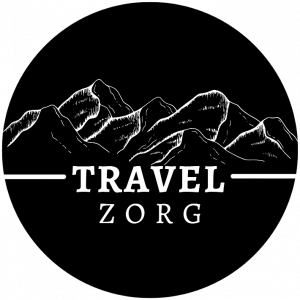

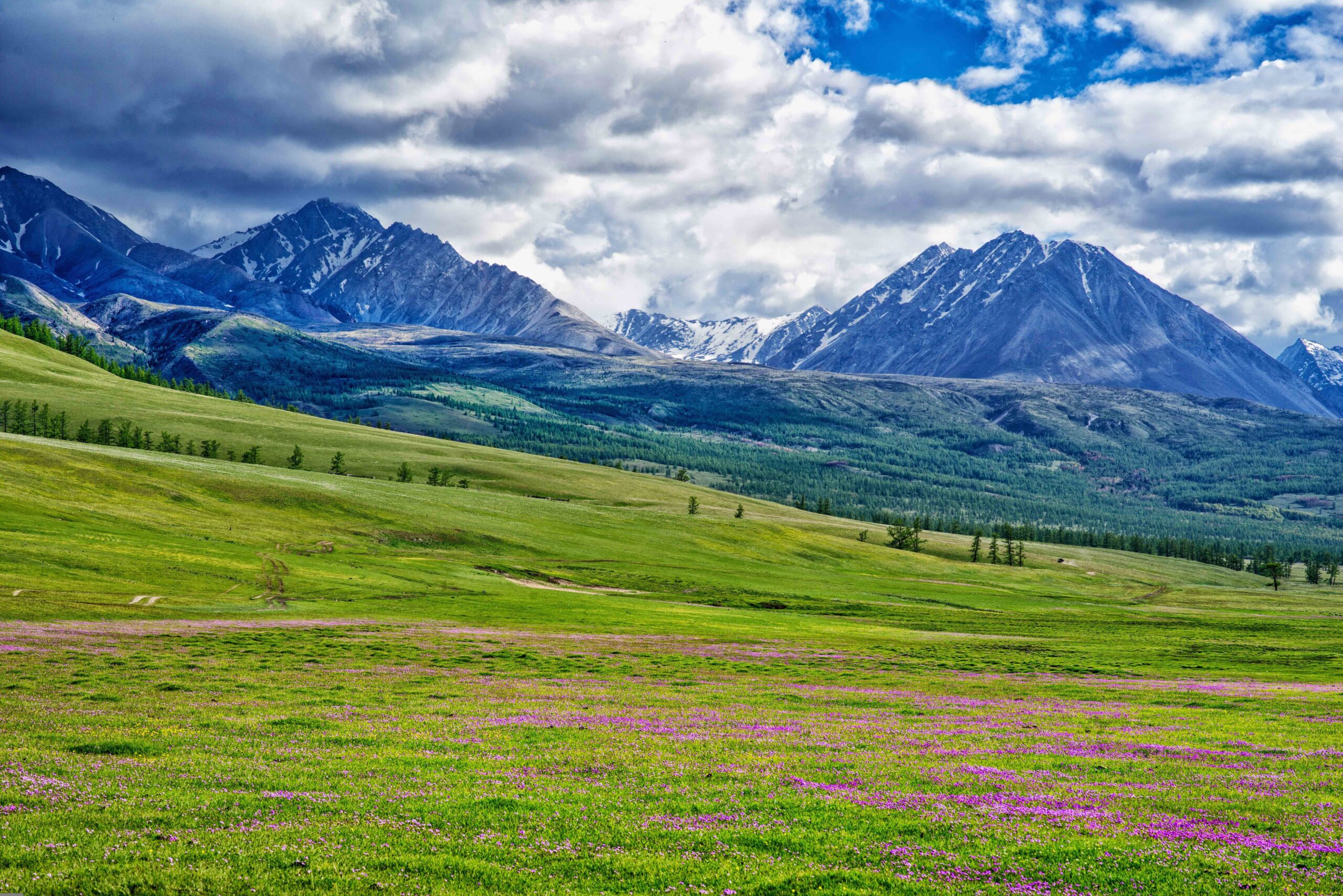
Mongolia is a land of stunning natural beauty, with a diverse landscape that spans from rolling steppes to towering mountains, and from pristine forests to arid deserts. The country is home to some of the most beautiful and unique national parks in the world, each offering a different and unforgettable experience. In this article, we will explore 8 of the best national parks in Mongolia, highlighting their key features and what makes them special.
The Gorkhi Terelj National Park Is a nature reserve located around 65 km (40 miles) East of the capital city of Ulaanbaatar and is in the Tov province, it can be accessed by fully paved roads. Because of the paved roads it only takes about an hour to reach from Ulaanbaatar. The park itself is an incredibly scenic park with beautiful rolling hills, sparkling streams, and towering rock formations, the Gorkhi Terelj National Park offers a breathtaking experience for all those who choose to visit. Hiking through the park’s scenic valleys or taking a leisurely horseback ride are just a few of the many activities available. The park is also popular for picnicking and camping, making it a perfect place for families to spend time in the great outdoors.
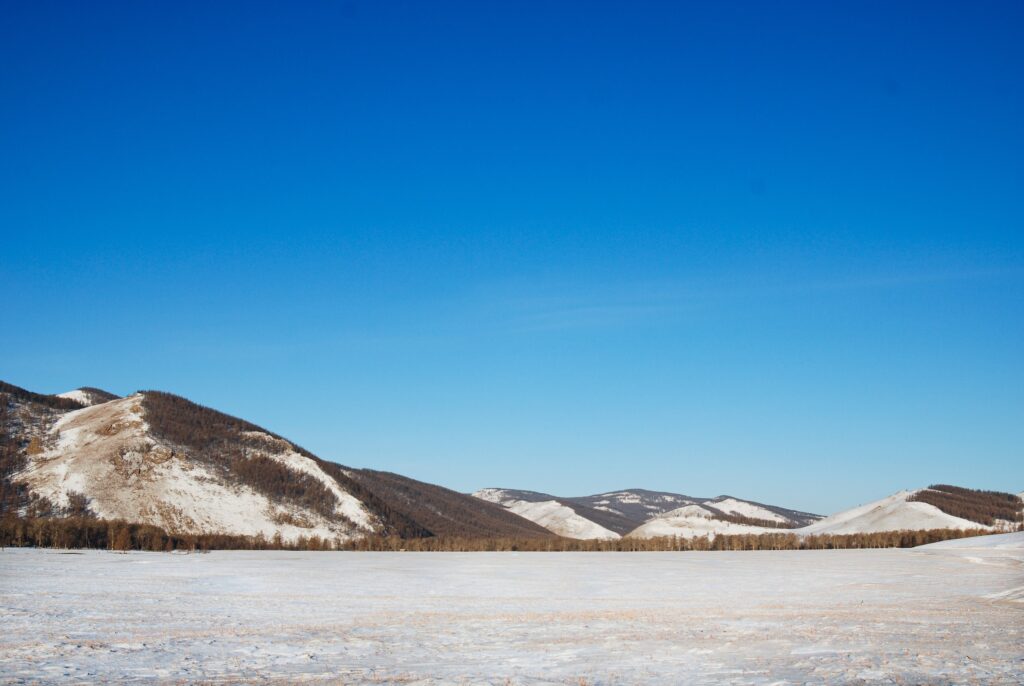
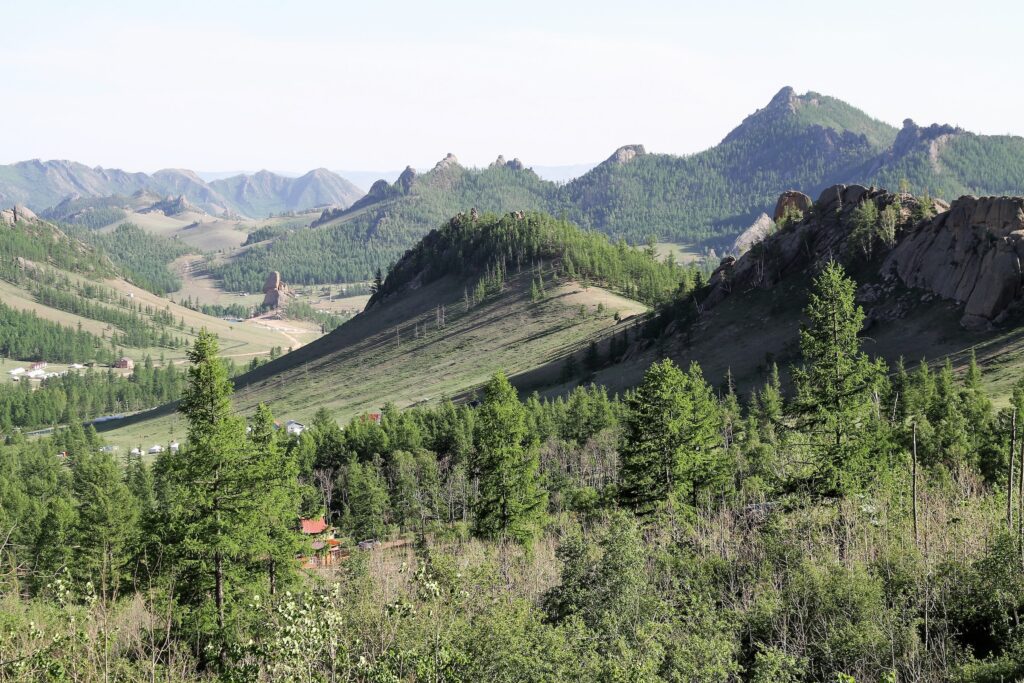
The Gobi Gurvansaikhan National Park is a beautiful national park set in Mongolia’s south, the park being in the south makes it a part of the Gobi Desert which isn’t surprising considering its name. This park is Mongolia’s largest national park taking up around 27 000 square kilometers (10 400 square miles) the park’s borders stretch 80 km (50 miles) from north to south and 380 km (236 miles) from east to west.
The park gets its name from the Gurvan Saikhan Mountains which are located in the eastern half of the national park, their name translates to “the three beauties” in English and is made up of the Baruunsaikhan, Dundsaikhan, and Zuunsaikhan mountains. The Gobi Gurvansaikhan National Park is also home to a variety of unique and endangered species, including the Gobi bear and the Asiatic wild ass, and is a must-visit destination for anyone interested in wildlife and seeing the natural beauty of the Gobi Desert. The park also offers a range of opportunities for adventure, including trekking and rock climbing. Visitors can also take a camel or horseback tour of the desert to explore the park’s unique rock formations and canyons.
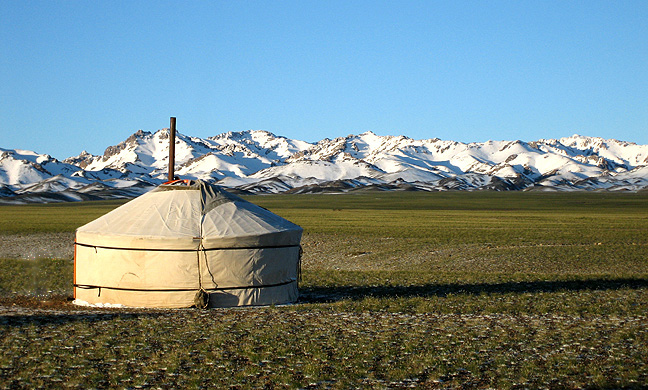
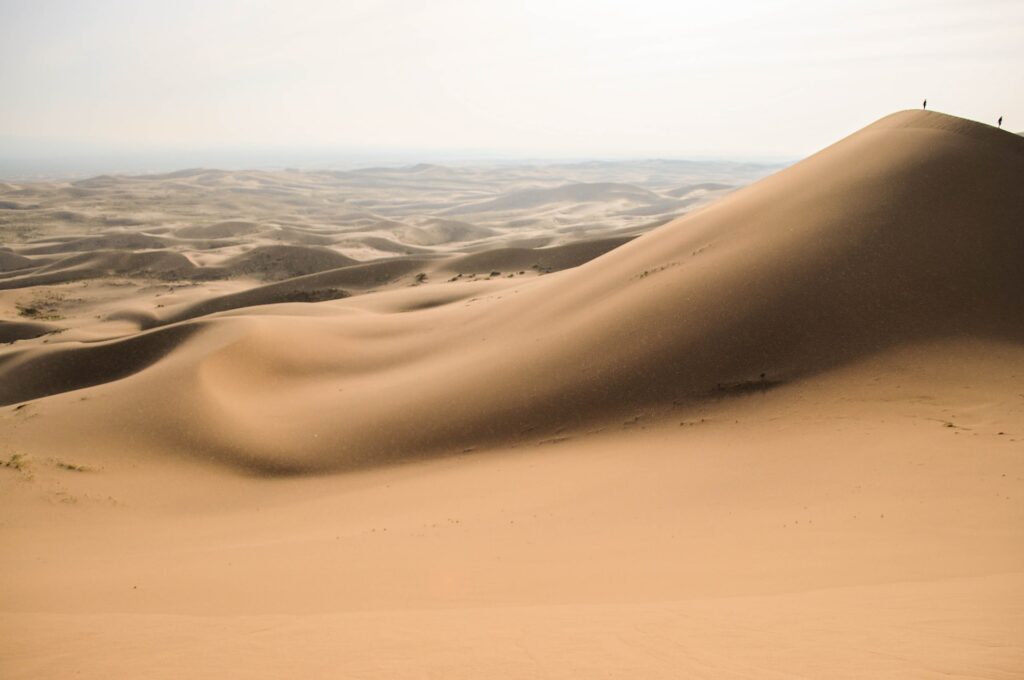
The Khustain Nuruu National Park or as its also known as ” The Hustai National Park” is around 100 km (62 miles) away from Ulaanbaatar also in the Tov province just like The Gorkhi Terelj National Park. The Khustain Nuruu is a unique park that is home to Mongolia’s only wild horse species, the Przewalski’s horse.
The park is also known for its rolling hills and lush grasslands, which are perfect for horseback riding and hiking. The park’s pristine wilderness provides a perfect escape to the Mongolian wilderness and offers a chance to connect with nature and the country’s rich cultural heritage. Visitors can take part in traditional nomadic activities, such as horse riding and archery, or simply relax and soak in the scenic views of the astounding beauty of the park.
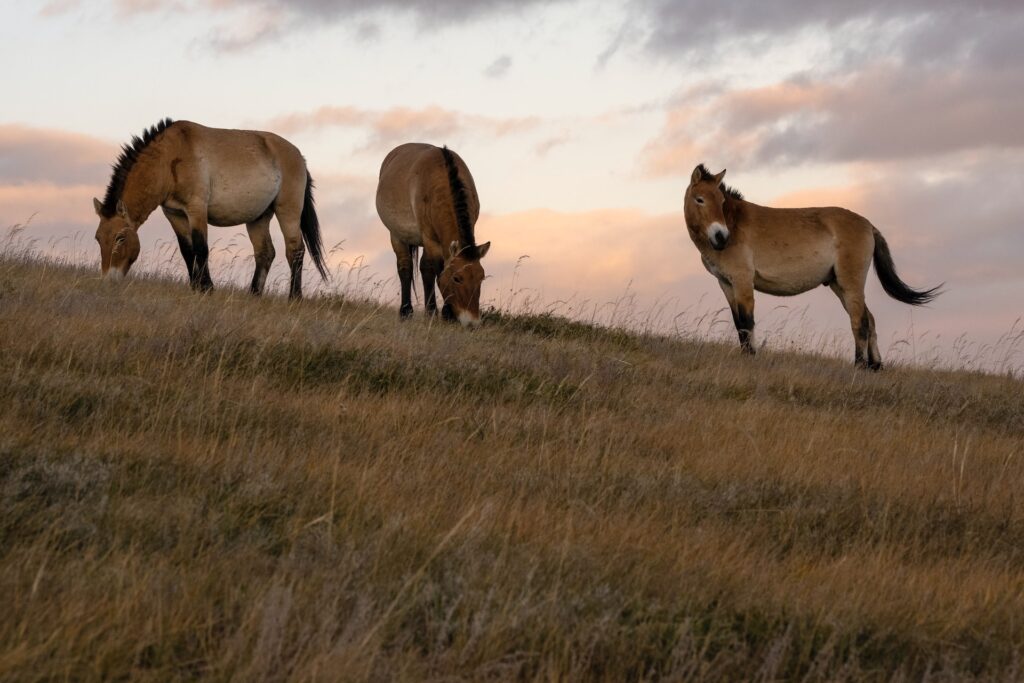
The Bogd Khan Mountain National Park is a mountainous park located just to the south of Ulaanbaatar. This mountain has a very rich history dating back to around the 13th century when the Tooril Khan ruler of the Keraites (one of the Mongol tribes before the Mongolian empire was formed), forbade logging and hunting there and claimed that the mountain was a holy one that needed to be protected.
Since then, the mountain has been worshiped without any interference with the nature and animals on it. In 1778 the governor of the now Ulaanbaatar asked the local representative of the Qianlong Emperor to allow them to hold a ceremony on the mountain twice a year to praise the gods, this request was granted 8 days later. Even later in 1783, the government realizing the beauty of the mountain and its cultural significance officially declared it as a protected mountain, making it the oldest nature reserve in the world. It was also declared a biosphere reserve by UNESCO in 1996 to solidify its importance to Mongolian nature.
Currently, the park is a popular destination for hiking and rock climbing, with trails ranging from easy walks to challenging ascents. The park’s natural beauty and rich cultural heritage make it a must-visit for anyone interested in the history and culture of Mongolia.
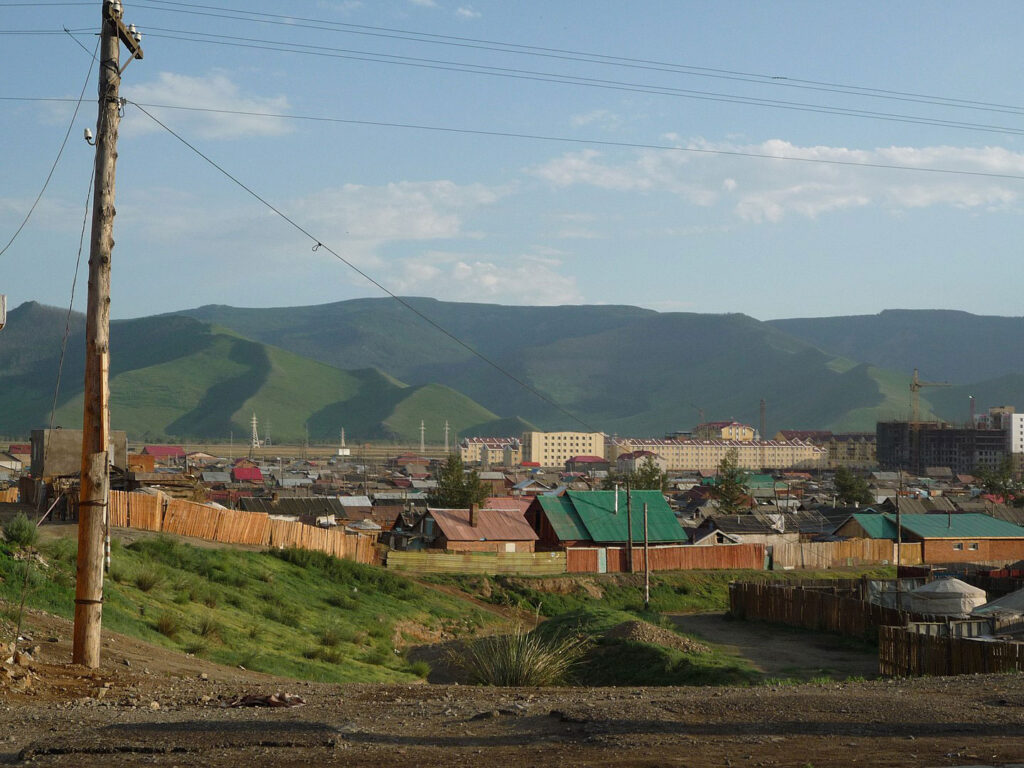
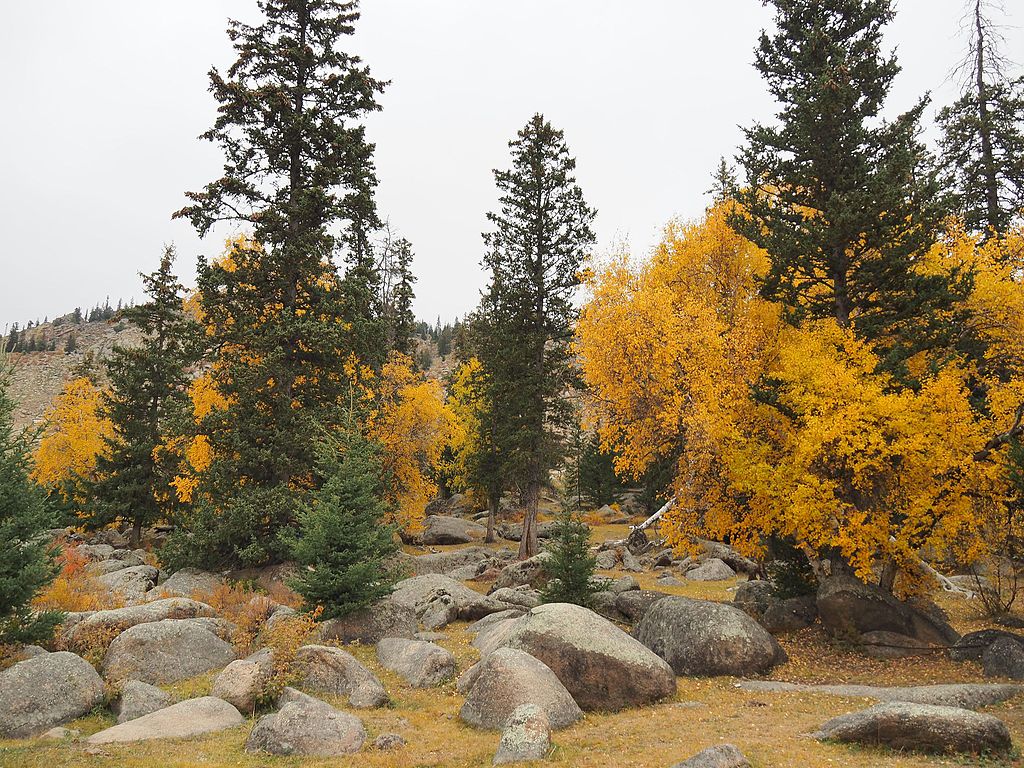
The Khan Khentii Strictly Protected Area is as the name suggests a very protected zone, so it is a bit more difficult to access as only a few people are given clearance to visit the park each year, some including a few nomadic herders who travel throughout the park and a couple of tourists each year. As you would expect Mining and hunting in this area are prohibited and if you are discovered you will be punished by law.
The Khan Khentii Strictly Protected Area is located in the Khentii Mountains and is home to the sacred Burkhan Khaldun mountain. This mountain is believed by many to be the birthplace of Genghis Khan, and it is also one of the places where researchers believe that his burial ground might be located.
If you find yourself lucky enough to enter the park you will find the park’s pristine forests and abundant wildlife. Visitors can explore the park’s many makeshift hiking trails, which offer stunning views of the surrounding landscapes. The park is often a sought-after location by bird watchers and should be on your bucket list if you are a person who loves birds as the park features over 200 rare bird species. The park’s rich biodiversity and pristine wilderness make it a must-visit for anyone interested in wildlife and conservation.
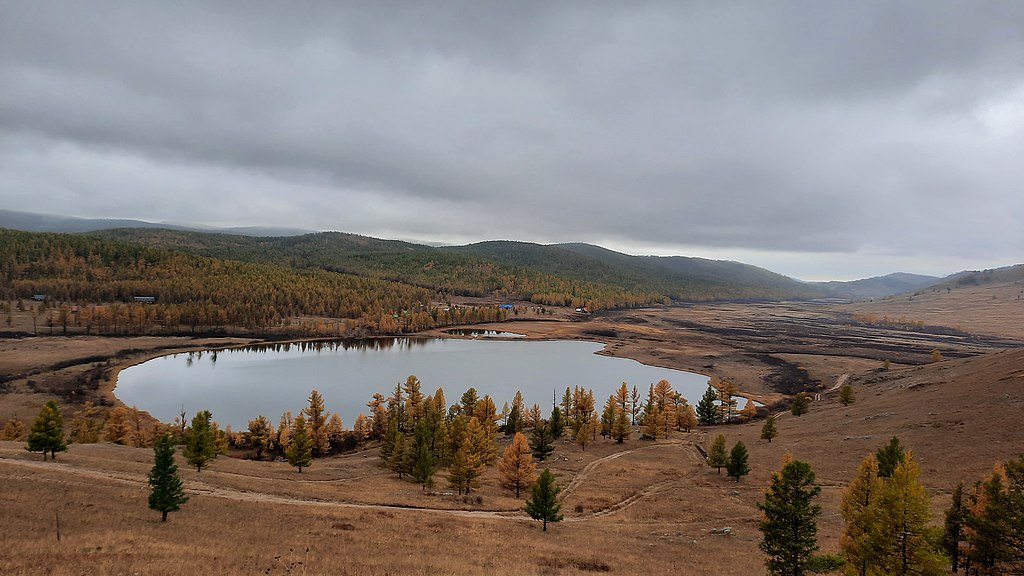
Lake Khövsgöl is a stunning natural wonder located in northern Mongolia close to the Russian border. The lake is around 900 km (560 miles) on paved roads northwest of Ulaanbaatar making it quite a trip from the country’s capital city but it is a trip worth making. The lake is fed by around 90 rivers and has a massive water capacity of around 70% of Mongolia’s total drinking water and 1.5% of the world’s total fresh water.
The vast area around the lake makes up around 70 000 square kilometres (27 000 square miles) and the lake itself was declared a national park in 1992. In the present visitors can take a boat tour of the lake, which offers breathtaking views of the surrounding landscape, or they can hike the many trails that meander through the forested hills. In addition to its scenic beauty, Lake Khövsgöl is also home to a rich and diverse ecosystem. The lake is home to many species of fish, as well as a variety of birds, mammals, and plants. This makes it an ideal destination for those interested in wildlife and nature.
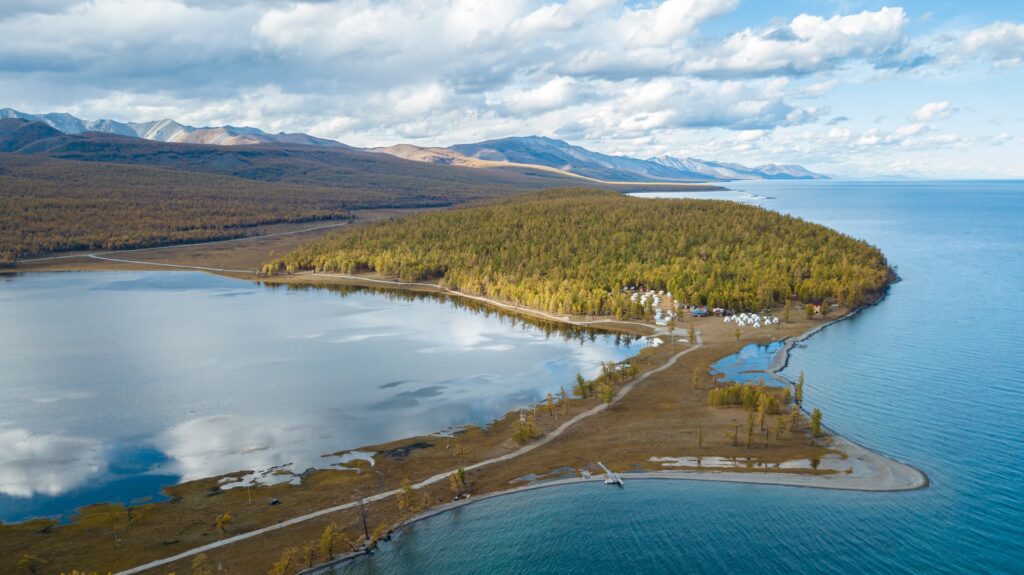
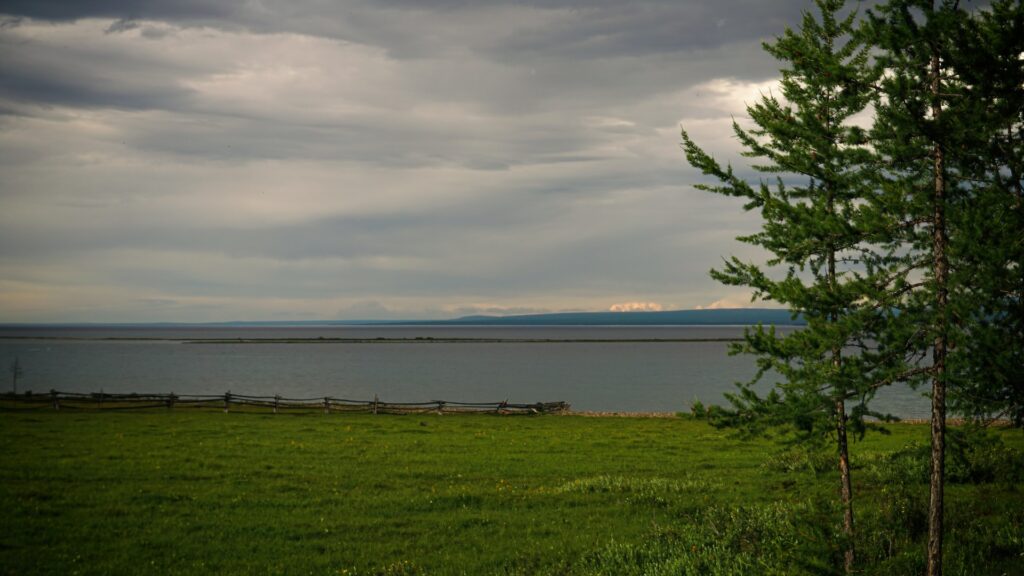
Onon-Balj National Park is located around 280 kilometers (173 miles) northeast of Ulaanbaatar and is in the Khentii province. The stunning natural reserve is, known for its breathtaking beauty and abundant wildlife. The park boasts scenic landscapes featuring the Onon river, rolling hills, pristine forests, and sparkling streams.
The Onon river is a large river that starts In Mongolia and flows north into Russia, it is a beautiful river and is one of the highlights of the park. The park’s mountains make the elevation change a fair amount where the average elevation of the Onon river is 840 meters (2 756 feet) above sea level and the mountains can stretch as high up as 1 568 meters (5 144 feet).
Onon-Balj is home to a variety of unique and endangered species, one of these species being the highly endangered Siberian lynx, providing an ideal location for wildlife watching and nature photography. With its breathtaking beauty and rich natural diversity, Onon-Balj National Park is a must-visit destination for nature enthusiasts and outdoor adventurers.
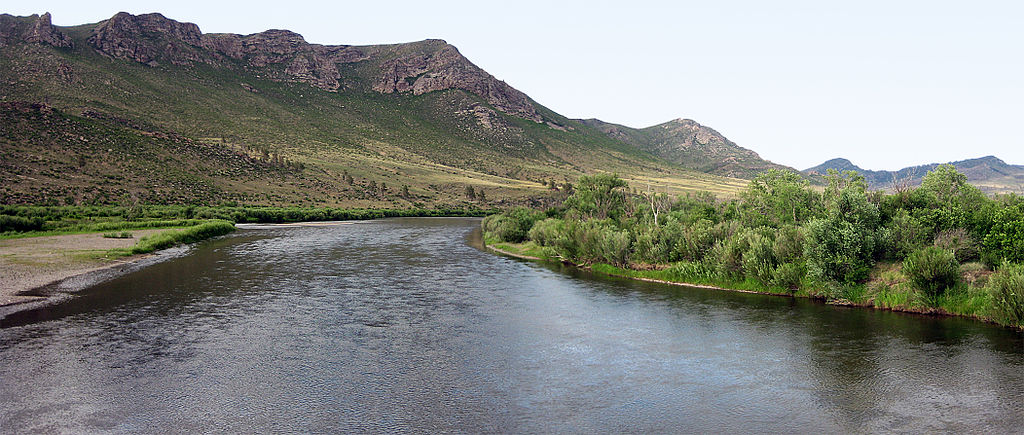
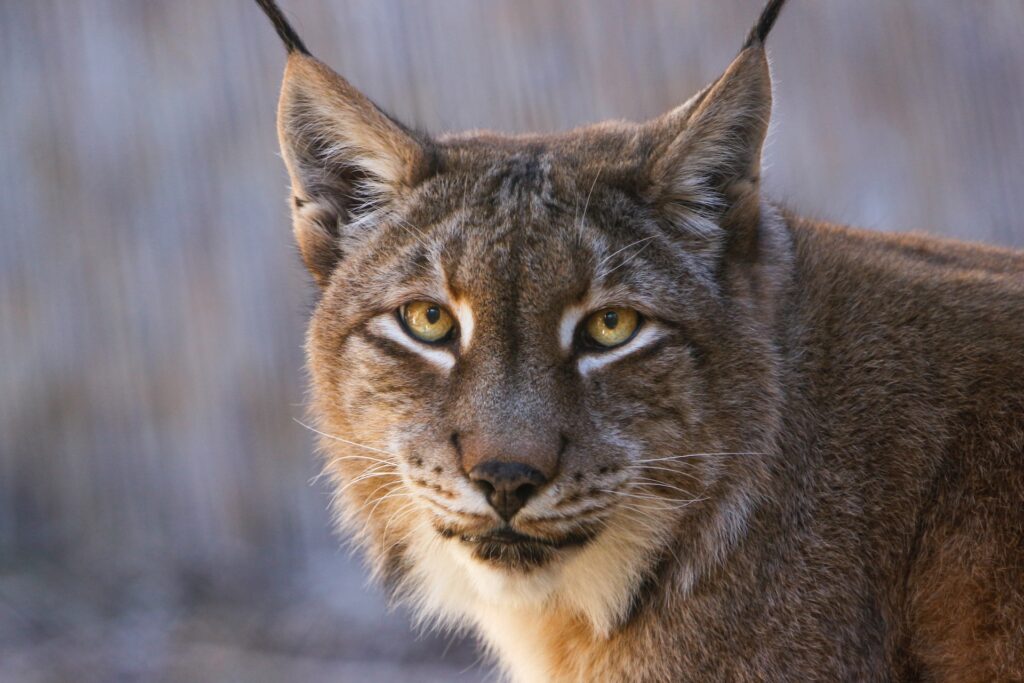
The Uvs Nuur Basin is located in Mongolia’s northwestern provinces and stretches north into the Russian federation of Tuva. The Uvs lake is a shallow lake covering an area of 3 350 square kilometers (1 293 square miles). The Uvs basin, however, is made up of several smaller lakes and the basin’s total size is around 70 000 square kilometers (27027 square miles).
The Uvs Nuur Basin is a unique park located in Mongolia that boasts a diverse range of geological formations and unique wildlife. The park is home to a number of volcanic craters, sand dunes, and those pristine lakes I was talking about earlier. The Basin as a whole offers a unique and stunning landscape.
Uvs Nuur Basin is also known for its abundance of bird species, including several that are endemic to the area. Additionally, the park is home to many animals including the Argali mountain sheep, bearded vulture, Siberian ibex, Pallas’s cat, snow leopard, and many more.
The Uvs Nuur Basin is also a UNESCO Global Geopark, recognized for its important geological and ecological features, making it a must-visit destination for nature lovers and adventure seekers.
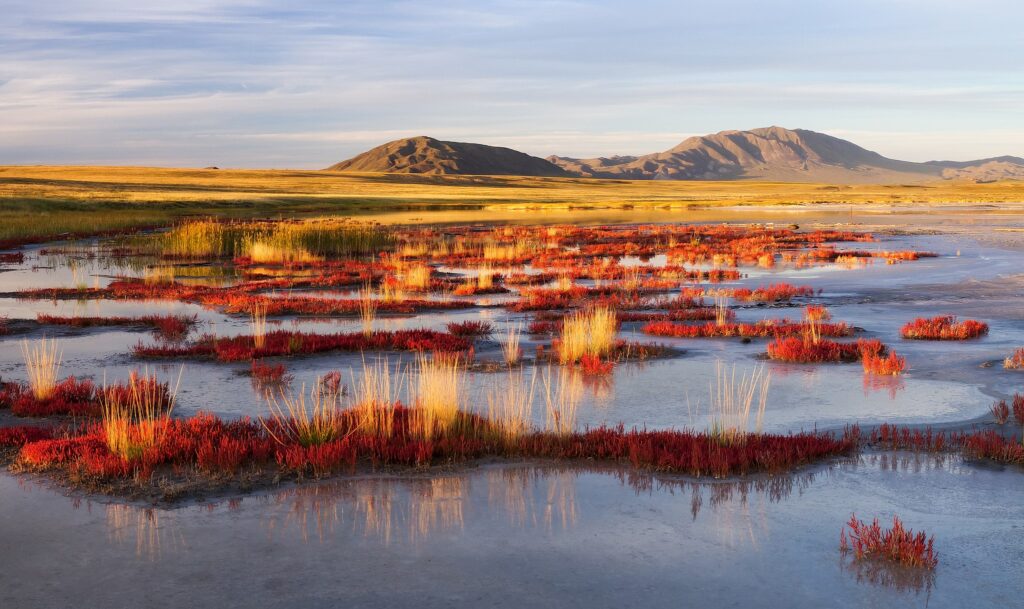
Mongolia is a land of unparalleled natural beauty and cultural significance. With its diverse landscape, rich wildlife, and incredible opportunities for outdoor recreation, the country is truly a hidden gem for those who love nature, which is waiting to be discovered. So why not start planning your next adventure in Mongolia today?
And lastly, if you enjoyed this article and would like to read a similar article about the 8 Best National Parks and Nature Reserves in China please click here!